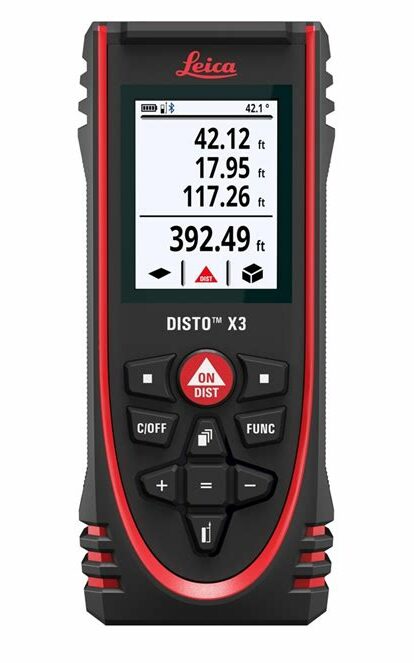Part of an architect’s role is to convince a client that they are the best person for the job. The design brief helps them see the finished project in its entirety, but also provides clients with a sense of scale in terms of time and money. To avoid any problems mid-development, it is essential to set out the requirements accurately and clearly establish what you plan to achieve. Getting things pinned down from the start avoids disagreements at a later stage and the possibility of a formal dispute. Excellent communication is always the best way of guaranteeing a good working relationship.
Be honest about deadlines and phases of development
Be honest about deadlines and phases of development
A detailed brief should include a breakdown of the work that is to be completed, along with a schedule of what stage will be happening when. This gets everyone started with a clear idea of what to expect. Clients appreciate clarity when it comes to deadlines, so always bear in mind the amount of time each stage will take, from the initial consultations, to the engineers survey, to the build being habitable.
Disagreeing with a client over an aspect of their project can present something of a dilemma, however if there are any challenges that cannot be overcome, it is vital to inform them of these impossibilities. Designers can be inventive and suggest changes where appropriate, but your professional judgement will tell you when something is completely unfeasible.
Disagreeing with a client over an aspect of their project can present something of a dilemma, however if there are any challenges that cannot be overcome, it is vital to inform them of these impossibilities. Designers can be inventive and suggest changes where appropriate, but your professional judgement will tell you when something is completely unfeasible.
Agree on a realistic budget with your client
When you know what a client’s budget is for any given project, you can tell them what is possible. Many people are keen to extend their home rather than move, so they may be taking out a second mortgage or home improvement loan. Nevertheless, despite having access to money some clients will still be reticent to talk about final figures. Make it clear that you need to assess exactly what is possible before you start to draw up plans, and point out that they may be pleasantly surprised!
Discuss the quality of a build in the early stages
Ask a client to compile a look book filled with photos of work they like and ideas that reflect their vision. You can put your professional slant on the plans, but at the same time demonstrate that you understand what they are trying to achieve. It’s sensible to make every design decision before work begins, as changing things on site can set back the build.
Ensuring you get paid and requesting a retainer fee
Ensuring you get paid and requesting a retainer fee
The amount architects charge and which services they charge for can be confusing to a lay person. There are no set charges and no one method of billing, it depends on the type of project and the amount of time you will have to devote to it. When weeks run into months it makes sense to negotiate a retainer-fee, this is then applied to the final invoice when a project is complete.
The amount architects charge and which services they charge for can be confusing to a lay person. There are no set charges and no one method of billing, it depends on the type of project and the amount of time you will have to devote to it. When weeks run into months it makes sense to negotiate a retainer-fee, this is then applied to the final invoice when a project is complete.
To safeguard the rest of your fee, establish a payment schedule from the start and maintain a close relationship throughout. Be alert for any issues that could result in a delayed payment, or non-payment, and tackle them before they escalate.
To safeguard the rest of your fee, establish a payment schedule from the start and maintain a close relationship throughout. Be alert for any issues that could result in a delayed payment, or non-payment, and tackle them before they escalate.
Managing the build and employing contractors
Managing the build and employing contractors
As a designer, you are not usually responsible for employing contractors or floor plan experts like measured building surveyors, but you can recommend a trusted firm.
As a designer, you are not usually responsible for employing contractors or floor plan experts like measured building surveyors, but you can recommend a trusted firm.
When it comes to dealing with a builder on site, many clients would prefer not to and will pay you to manage the entire project. If you do take on this responsibility, you’ll need to check and sign off each stage of the work before the builder is paid.
When it comes to dealing with a builder on site, many clients would prefer not to and will pay you to manage the entire project. If you do take on this responsibility, you’ll need to check and sign off each stage of the work before the builder is paid.
